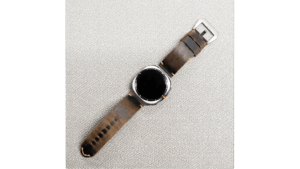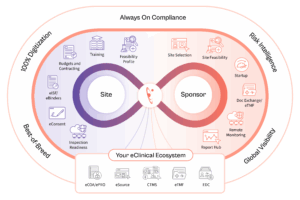
The Rising Cost of Theft for Small Businesses
Imagine opening your shop to find empty shelves, missing equipment, or a cash drawer that’s been cleaned out. For many Canadian entrepreneurs, this is more than a bad dream — it’s an expensive reality.
According to the Canadian Federation of Independent Business, 45% of small businesses nationwide experienced direct crime impacts, including theft and vandalism, in 2024 — a dramatic increase from 24% in 2023. In Ontario alone, the figure reached 40%. Retail crime is particularly costly, with the Retail Council of Canada estimating annual losses of about $5 billion from shoplifting, organized theft, and related incidents. Some retailers have reported up to a 300% increase in theft since 2020.
Even with police data showing an 11% drop in breaking and entering in 2024, the threat to small businesses remains significant. Certain crime categories, including shoplifting, internal theft, and fraud, are proving harder to curb.
Expert-Recommended Security Measures
Theft in small businesses can take many forms: shoplifting, employee theft, burglary, cyber theft, and vendor fraud. Identifying which risks are most relevant to your operation is the first step to a cost-effective security strategy, the experts at VideoGuard, a Toronto-based provider of remote video monitoring, say.
1. Conduct Regular Security Audits
Assess vulnerabilities in entry points, merchandise visibility, cash handling, employee access, and digital security. These audits help prioritize where to invest in prevention.
2. Strengthen Physical Security
- Install commercial-grade locks and control key distribution.
- Use fireproof, bolted safes for cash and documents.
- Improve lighting — especially motion-activated options — around your premises.
- Position CCTV cameras at entrances, cash points, and blind spots, with clear signage.
- Consider security bars or shutters for high-risk locations.
3. Leverage Technology & Remote Monitoring
Modern systems can send motion detection alerts, track activity in restricted areas, and monitor multiple locations in real time. POS monitoring can detect suspicious transactions, and electronic tagging helps deter shoplifting.
4. Address Employee-Related Risks
Train staff to spot suspicious behaviour, enforce separation of financial duties, and conduct background checks. Monitor cash handling and inventory movement closely.
5. Adopt Environmental & Strategic Tactics
Use crime mapping to identify high-risk times, keep store layouts clear for visibility, and install barriers to prevent vehicle-based thefts.
6. Prepare Legally & Financially
Document incidents thoroughly with video and financial evidence, outline theft policies in employment contracts, and seek legal guidance when necessary.
The Case for Proactive Surveillance
The security specialists at VideoGuard, a Toronto-based provider of remote video monitoring, note that prevention is more effective than post-incident response.
Prevention is often more effective than post-incident response. As such, small businesses should focus on stopping intruders before they enter a property, using real-time surveillance and immediate intervention protocols to help business owners reduce losses and avoid disruptions.
Bottom Line
While some crime rates have improved since their pandemic-era peaks, theft remains a costly risk for Canadian small businesses. Layered security — from physical measures to remote surveillance — offers the strongest protection.
Your property is your livelihood. If you need customized advice on integrating proactive monitoring with your existing security measures, consulting experienced professionals such as VideoGuard can help ensure your business stays protected.
VideoGuard
info@VideoGuard.com
+1 888 231 7920
1540 Lodestar Road #10
North York
Toronto
Ontario
M3J 2X2
Canada




























